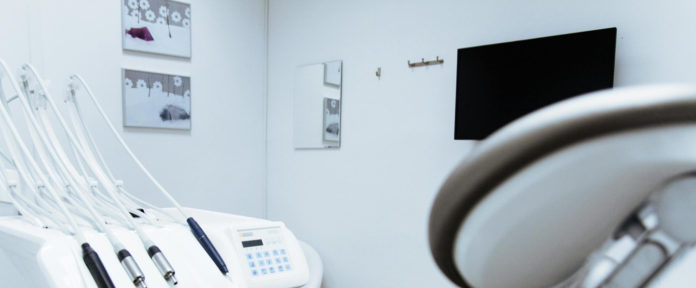As technological advancements continue, a quiet revolution occurs on our skin. The once mundane act of tracking biometrics has been catapulted into the future with the introduction of wellness patches – a discreet, continuous monitoring system for our bodies.
What Are Wellness Patches, and How Do They Work?
Wellness patches are small adhesive devices applied directly to the skin. They contain sensors that can track various health metrics in real time, providing the user and, when applicable, their healthcare provider with a wealth of personalized data.
The patches incorporate technologies like biosensors, transdermal drug delivery mechanisms, and wireless connectivity. They can monitor heart rate, body temperature, and blood pressure and even analyze sweat for hydration levels or electrolyte balance. Some patches are designed to administer drugs directly through the skin, offering a controlled and
consistent medication dosage.
One of the most significant advantages of wellness patches is their non-invasive nature and continuous monitoring capabilities. This combination of features can provide early detection of health issues and a more seamless integration of health management into the user’s everyday life.
The Rise of Ambient Biometrics

In the era of the quantified self, wellness patches exemplify a growing interest in ambient biometrics – the passive, continuous collection of health data. Devices like smartwatches and fitness trackers paved the way for this trend by popularizing the tracking of steps, heart rate, and sleep patterns. However, wellness patches take this a step further by eliminating the need for user interaction, making them particularly attractive to those seeking a low-maintenance approach to health monitoring.
Ambient biometrics appeals because it can provide a wealth of data without the user’s conscious effort. It can give a comprehensive picture of an individual’s health, even when not exercising or monitoring their condition. This passive approach could revolutionize preventative health care, as conditions can be identified and managed far earlier than traditional methods.
The Consumer’s Perspective
For tech-savvy consumers, wellness patches represent a level of personalization and proactive health management that was once the stuff of science fiction. With data on their bodies at their fingertips (or rather, on their skin), they can tailor their lifestyles and adapt their health routines more optimally.
Seamlessly analyzing health data could empower individuals to take control of their well-being. Avid gym-goers might use patches to optimize their workout recovery, while those at risk for certain health conditions could monitor their body’s signs with increased vigilance. Wellness patches’ convenience and depth of data could improve individual health outcomes and potentially reduce the burden on healthcare systems.
The Future of Health Management

Looking to the future, the potential applications of wellness patches are vast. In addition to monitoring general health, they could be customized to track specific conditions or populations. They could facilitate the early diagnosis of ailments, improve treatment adherence, and allow remote patient monitoring.
However, with this potential comes various challenges, such as data security and privacy concerns, the medical community’s acceptance and integration, and equitable technology distribution among different demographics. The sheer volume of data generated by these devices raises questions about how individuals and healthcare providers will manage and interpret it effectively.
Despite these challenges, wellness patches are promising in the health technology landscape. They can revolutionize how we approach personal health and medical care.
The advent of wellness patches can be seen as emblematic of a larger societal shift toward integrated, preventive healthcare. By leveraging technology to foster a more nuanced understanding of our health, we position ourselves to make more informed choices and take more active roles in our wellness.
As these tiny devices continue to evolve and become more widely adopted, they have the potential to monitor our health and guide us toward a future where the line between healthcare and daily living is increasingly blurred and the pursuit of well-being has never been more personal.
The path forward promises an exciting integration of health and technology, with wellness patches at the forefront of this innovation. It’s an evolving landscape worth keeping an eye on—or, perhaps more fittingly, with a hand on the pulse of our biometrics.




































